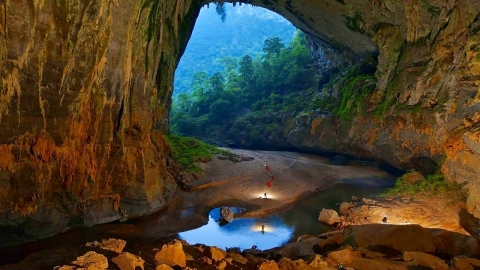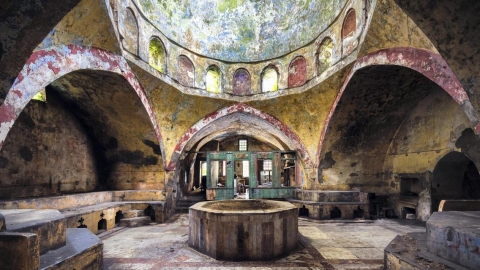This summer, my friends and I had the opportunity to visit Quang Tri. As people who grew up in Saigon, we always heard a lot about the bombs and bullets of those days. That has nurtured in my heart the desire to go to the front line, to the heroic land of Quang Tri, both to find traces of those painful years, to collect lessons from history, and more importantly to understand more about the sacrifices of the previous generation.
I spent many days exploring Quang Tri, visiting many important historical sites, and the place that left the most impression was Khe Sanh, a place that few people know. Khe Sanh is just a small area on the Vietnam-Laos border. Khe Sanh became known to the world through the Khe Sanh battle in 1968 and was likened to the "second Dien Bien Phu". Let's take a look at the photo album and learn more about this system.
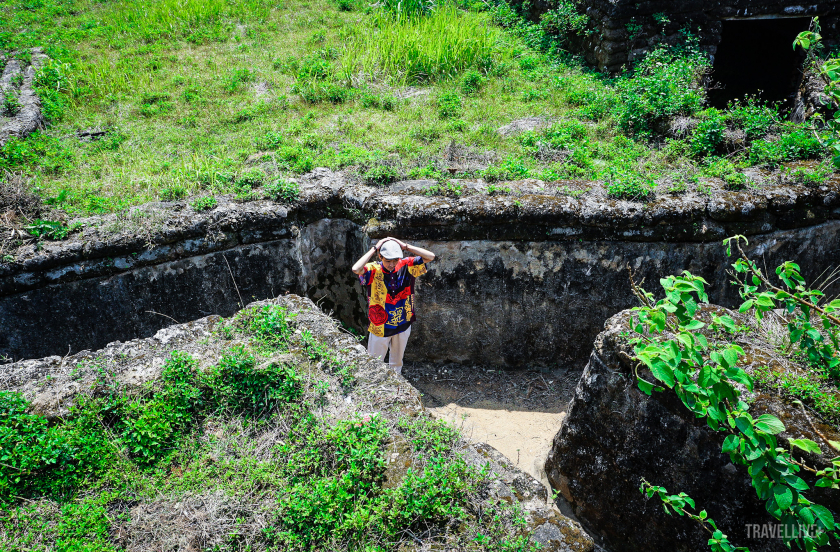
A friend of mine was buried under the trench system. As you can see, they were dug deep enough for American soldiers to move underneath.
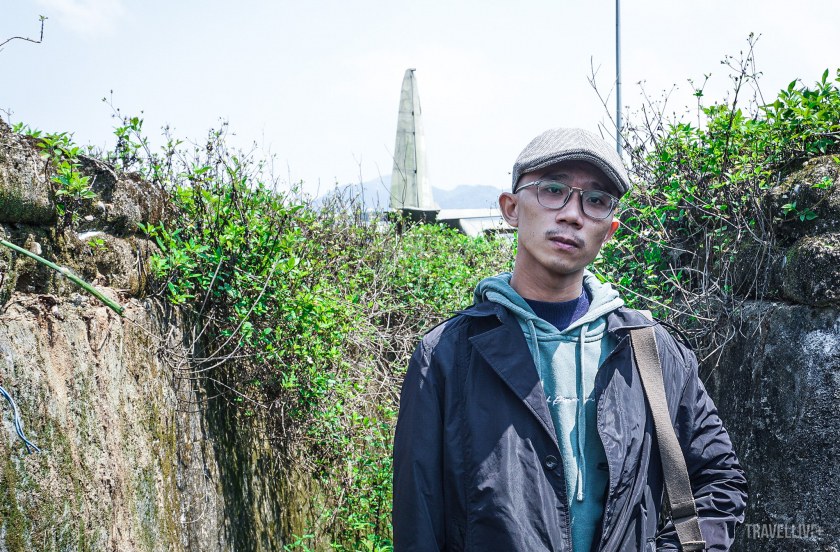
Below the moat, today weeds grow wild. Behind is the wreckage of a plane that never returned.
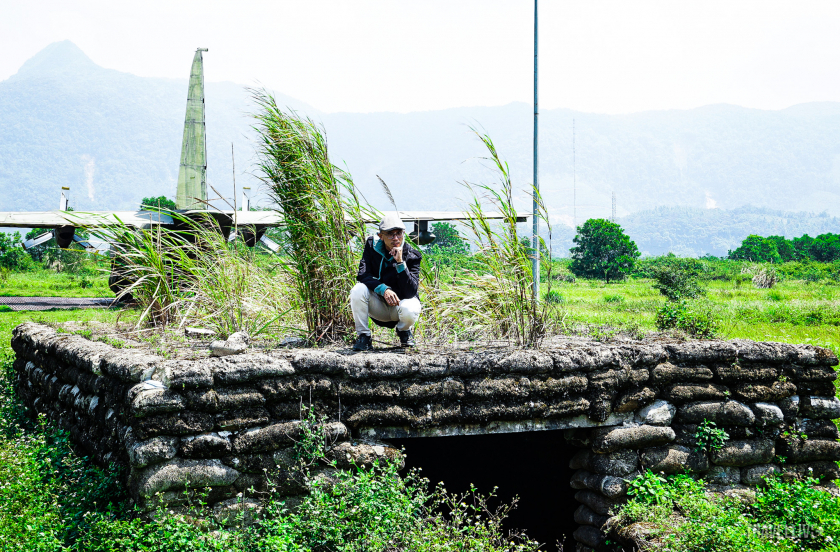
Above the roof of a junction of trenches. This was often used by soldiers for long-distance observation.
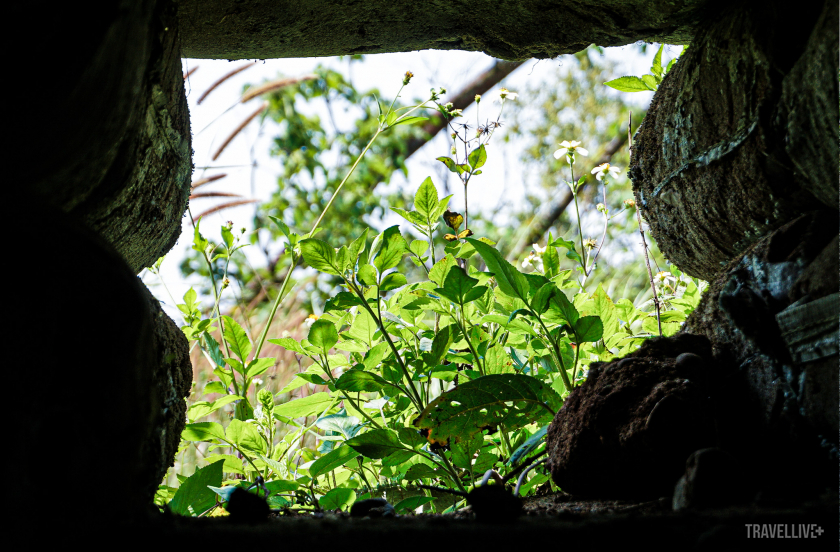
View from inside the trench, this is also where the sentries mounted their guns and fired outside.
The two battles in Khe Sanh in 1968 lasted 170 days in total. Khe Sanh became the first place where the US military had to withdraw from an important military base due to pressure from the enemy. To this day, many people still believe that the “Battle of Khe Sanh” was the most fierce, devastating, and costly battle in the previous period.
Khe Sanh, Quang Tri also has the strategic Ta Con airport, an important headquarters in the entire US combat system in this border area. This is a complex and solid trench system, it still stands tall to this day after many ups and downs of the times.

A very meaningful place to sit together to review history and understand more about a difficult period.
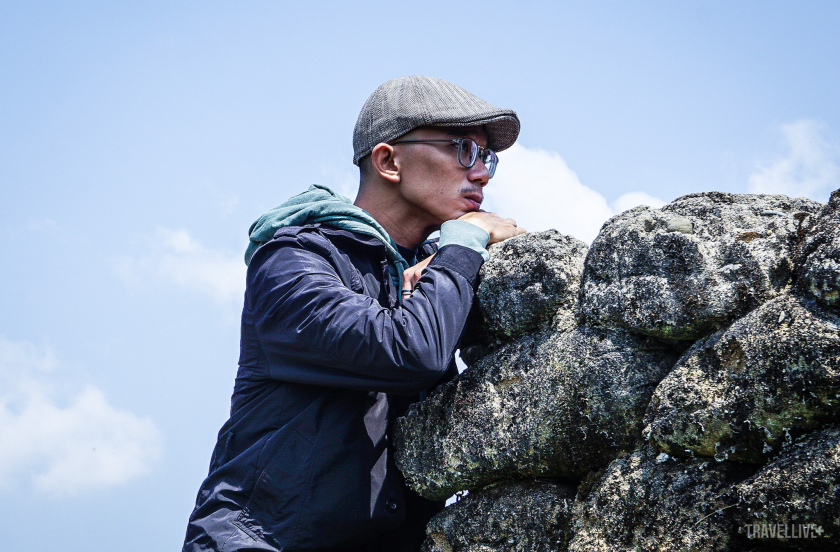
Monuments like this can make you think a lot about war and peace.
When I arrived in Quang Tri, I just remembered that it was the beginning of summer, and was also startled to realize that this year was exactly 50 years since the days when American planes flew like clouds and dropped bombs like rain here.
On the way out of Quang Tri, amidst the cool, peaceful days of April, I kept wondering why this place was forgotten and rarely mentioned. Every row of trees, every hill, every inch of land in Quang Tri is sacred land, soaked with the blood and bones of our compatriots.

There are also tank and plane wrecks, all within the confines of the museum.

Feel the sacred atmosphere in Quang Tri, how many people have died here.

A photo inside the museum, speaks of the pain.
Perhaps a place of rest is always the most peaceful and does not need to be too noisy and bustling?
More information:
About the author:Thinh, a curious person, has a burning passion for learning about culture and geography. Thinh has stories, told through films, photo albums, or a few lines of travelogues. A story by Thinh is a personal sharing about the emotions in the magical journeys of youth.
About moving:Quang Tri does not have an airport, from Saigon or Hanoi, you must fly to Phu Bai airport (Hue) or Dong Hoi airport (Quang Binh), then travel to Quang Tri. If you like the experience, you can rent a motorbike to travel in Quang Tri.


























